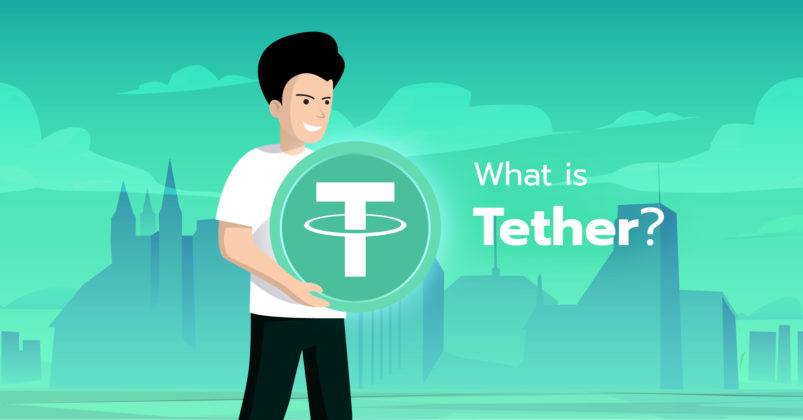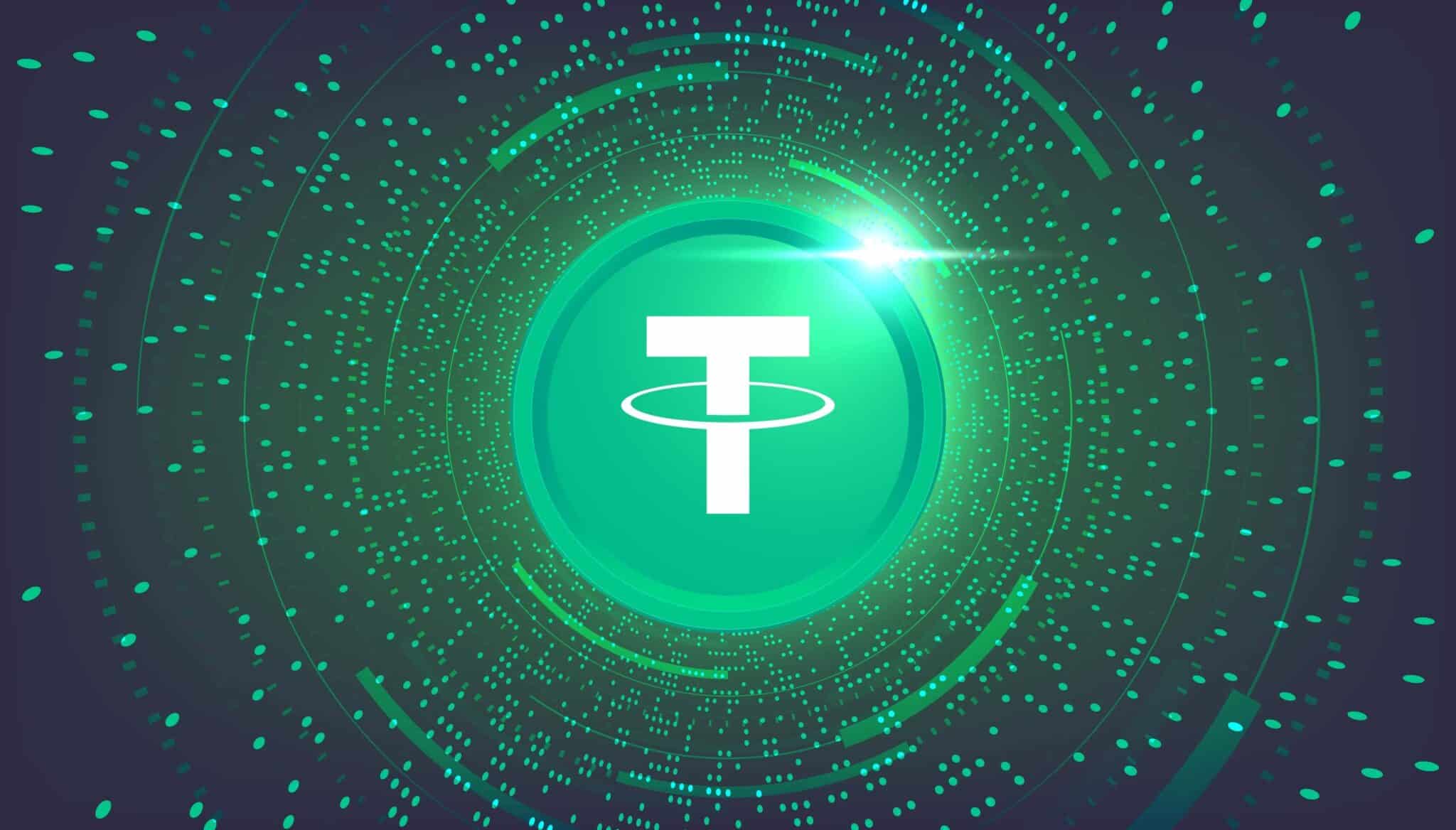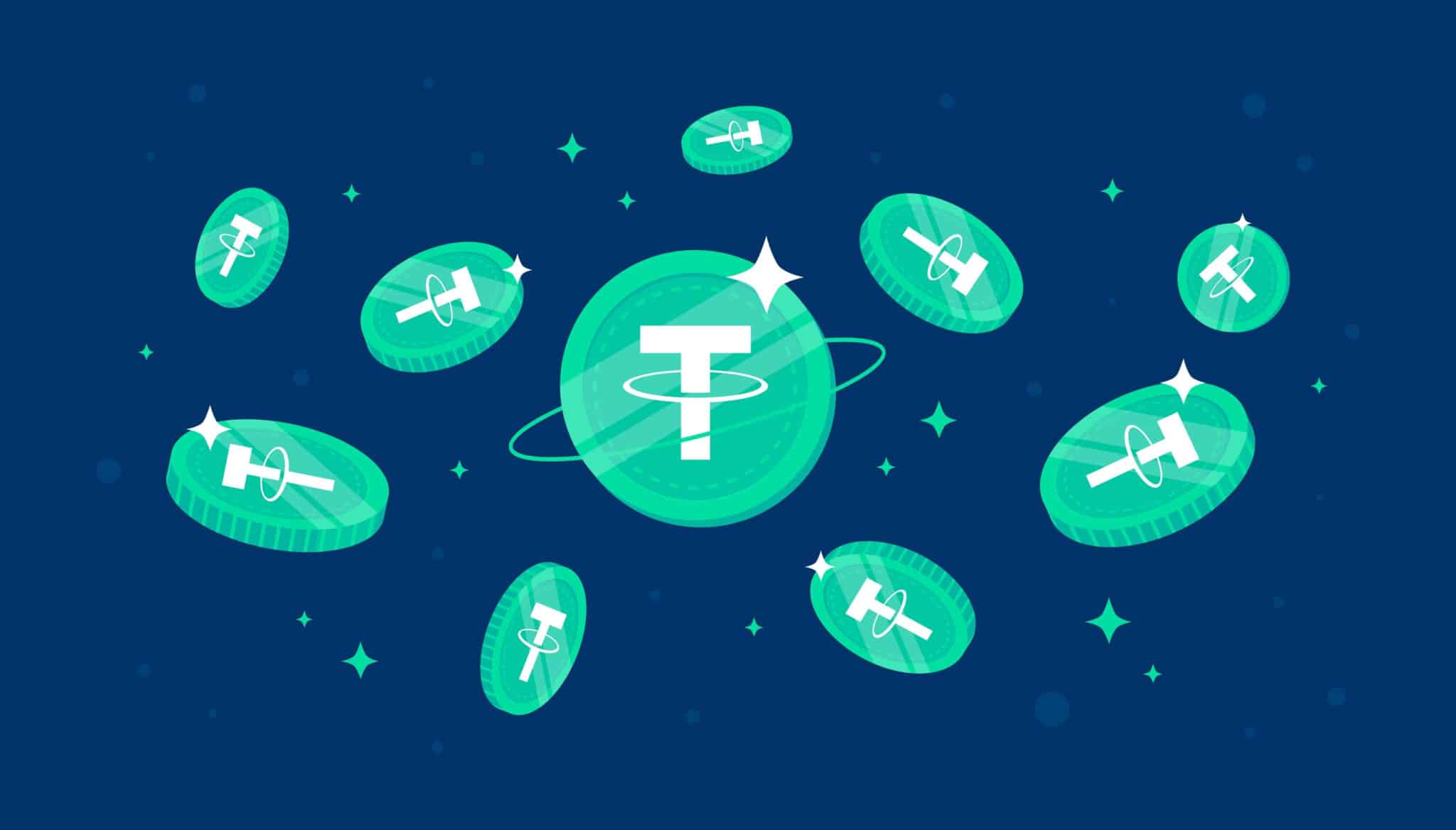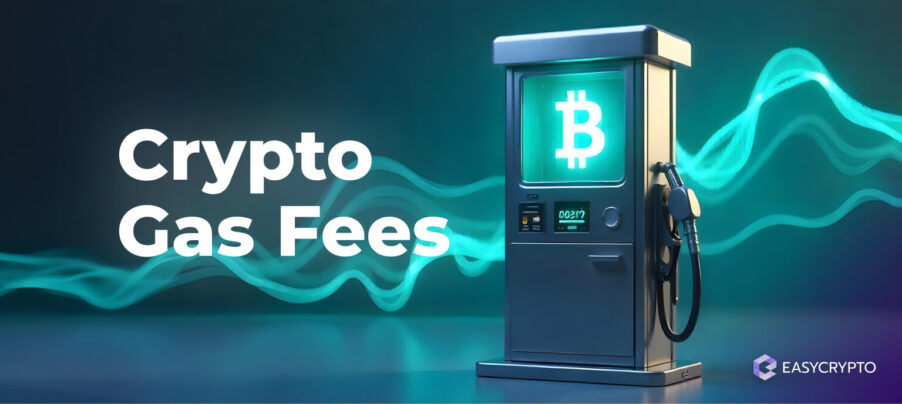What is Tether (USDT)? How Does It Work?
What is Tether (USDT)? How does it work and why is it one of the most popular cryptocurrencies on the market?


Most cryptocurrencies are volatile and some will appreciate in value, which makes cryptocurrencies a great asset class for trading or investment for the long term. Tether (USDT) is a cryptocurrency with a twist – 1 USDT is always exactly equal to $1 US dollar.
Why is tether always equivalent in value to the US dollar? What is the use case of tether, and is it a good investment, in a traditional sense of the word? Find out more in this article.
Key takeaways
- Tether (USDT) is a type of cryptocurrency known as a stablecoin, whose value is pegged to an external asset.
- The value of USDT is pegged to the U.S. Dollar at a 1:1 ratio, meaning 1 USDT equals to $1 USD.
- Tether also issues tokens that are pegged to other currencies such as the Euro, Chinese Yuan, Mexican Peso, and more – although the majority of the marketcap is still the U.S. Dollar pegged USDT token.
New to crypto: Start with our cryptocurrency 101 guide.
What is Tether (USDT)?
Unlike bitcoin and ether, tether is a stablecoin, meaning that its price is pegged to the value of the US dollar. Other versions of tether also exist for the Euro and Japanese Yen (euro tether and yen tether, respectively).
However, this article will solely focus on US dollar-tether, or USDT, as it is what most people refer to when they mention tether.

Tether maintains its peg to the US dollar because the private company that issues the cryptocurrency, Tether Limited, will always redeem tether for US dollars at a 1:1 ratio. Customers who were to buy tether will be expected to deposit US dollars into Tether’s reserves at a 1:1 ratio.
This means that tether is resistant to market speculation. Anyone who wishes to sell tethers at a price that deviates too much from this 1:1 ratio will fail to sell simply because naturally almost no buyer will accept it, whether in a P2P transaction or through an exchange.
It is important to note that Bitfinex is the only place where tethers can be redeemed for US dollars. Bitfinex has been the primary liquidity provider for many exchanges around the world, for cases where retail investors want to ‘cash out’ their USDT for US dollars.
What are stablecoins? Read our guide on stablecoins.
Why would anyone need to use Tether?
Most people invest in cryptocurrencies to see its value rise against the US dollar and other fiat currencies. Tether, worth $57.7 billion in market capitalisation, is just behind Cardano as being the top most popular crypto asset trading in the market.
Tether came into circulation for the first time in January 2015 through the crypto exchange Bitfinex. Before then, most traders were trading cryptocurrencies in bitcoin terms. For example, a crypto trader may first convert US dollars into bitcoin before trading crypto pairs like LTC/BTC and XRP/BTC.
Of course, bitcoin itself was (and still is) volatile, and keeping track of earnings or loss in bitcoin terms won’t directly translate to the realised earnings or loss in US dollars. After all, we mostly quote the prices of cryptocurrencies in US dollars, don’t we?
So, why should traders convert US dollars into bitcoin in the first place? Was there a way to buy or sell cryptocurrencies with US dollars? Technically, it is possible, but it is not practical. Bank transfers will impose additional cost for each time a trader ‘buys in’ or ‘cashes out’ in US dollars.
A crypto trader could be more profitable if they trade using another cryptocurrency, and with USDT, they are able to gauge their profitability in US dollar terms without having to touch fiat currencies unnecessarily.
Invest in USDT: Click here to buy Tether (USDT).
What maintains the price of Tether?
Technically, Tether Ltd. backs up the minted tokens with real dollar cash and securities. However, it is the market’s good faith in tether that ultimately keeps the price of Tether around 1 US dollar.
This faith in tether has not always been consistent throughout the stablecoin’s history. When tethers were first circulated, people believed in the whitepaper’s essential promise that tethers, based on regular audit, will be fully backed 1:1 by the US dollar cash and equivalent, and that the website has claimed that tethers could be redeemed for the US dollar at any time.

However, in 2017, faith in tether was shaken when the company wasn’t able to fulfill withdrawal requests. The transparency of Tether Ltd. was beginning to be questioned, when Tether ended the relationship between the company and its auditing firm, Friedman LLP, in 2018.
This raised concerns over how exactly the tether tokens are backed by US dollars. For a brief time, the price of tether fell below the 1 US dollar peg and even reached as far as 93 cents at one point.
However, a “positive” market correction was due as stablecoin arbitrageurs took the opportunity to buy the tether at a low price to sell it at its ‘fundamental price’, keeping the $1 : 1 USDT ratio intact.
In 2019, the New York Attorney General Letitia James filed a lawsuit against Tether Ltd. and Bitfinex for allegedly covering up $850 million losses using deposited real US dollars.
Long story short — being unable to fulfill withdrawal requests, not hiring an auditing partner since Friedman LLP, and not being transparent about the exact details on what were backing up the USDT, has led to the conclusion that Tether’s claim — that each tether is 100% backed by the US dollar — is misleading.
A closer look at how Tether works
Tether’s claim that the stablecoin is backed is technically true, but there were many misconceptions about how this is done. Many people think that Tether Ltd. and Bitfinex backs the stablecoins entirely with ready-to-withdraw cash or equivalent.
However, the exact solvency of the tether suppliers is open to debate. What we have now is data about the breakdown of Tether’s US dollar reserve as of 31 March 2021, after the company settled the lawsuit with a fine.

As you can see, only 3.87% of Tether’s reserves are stored in cash. However, this should not be alarming. Tether’s general counsel Stuart Hoegner explains why cash makes up a tiny portion of the reserve. “Readers should not confuse items not in ‘actual cash’ with a lack of liquidity,” he said.
Focusing exclusively on cash could be misleading. Fiduciary deposits are technically still in cash form, even if the money is stored by a third-party bank or agent. It matters not how the deposited money is used; the fiduciary gives Tether Ltd. the right to liquidate.
Short-term debt such as commercial paper as a cash equivalent has medium-level liquidity as it is backed by the issuing bank or company, and requires less than one year to be completely solvent. It is actually common practice for companies to hold short-term credits given to other companies (such as receivables).
Retail traders currently holding the USD Tether shouldn’t be too worried about the solvency of Tether Ltd., because crypto exchanges are by default responsible for finding liquidity providers in order to operate effectively.
Tether Ltd. and Bitfinex being multi-million dollar companies would certainly try to secure their business, ensuring that the circulated tethers are backed by assets that are equal to their dollar value.
In fact, in terms of the company balance sheet, Tether Ltd. is doing more than enough to back USDT. You can find their Transparency page and see exactly how much tether is being circulated across various blockchains.
Tether on Polkadot, to increase market confidence
Fiat-backed stablecoins, like other kinds of stablecoins, are quite new phenomena that need time to gain the trust of their users. Earlier I mentioned that the market faith in the stablecoin is as important as the data presented from auditing, to keep it from losing its value.
From Tether’s balance sheet, retail investors and exchanges can gain confidence through quantitative data. However, there are other ways that the market can gain even more confidence for Tether, and that is network effects.
You may like or dislike tether, but it is likely to be used in many MORE exchanges, centralised or decentralised, and adopted In an increasing number of blockchain networks.
Bitcoin was the first blockchain to be used to guarantee the secure ownership of USDT; Ethereum soon followed to accommodate tether as an ERC-20 token.
USDT has been circulating on newer blockchains as well — Tron, EOS, Algorand, and Solana, to name some of them. The latest blockchain to accommodate the free movement of USDT for various applications will be Polkadot.
This is big news for the entire crypto community because Polkadot has the ability to connect up to 100 other blockchains, which opens up more opportunities to use the USDT to trade, store, and convert assets easily and securely with blockchain technology.
Related: Read our guide on Polkadot (DOT) and how it works.
How to Buy Tether (USDT) in South Africa
Stablecoins are one of the most important type of cryptocurrency tokens out there. Their utility and stability makes them an ideal asset for leverages in trading, transacting NFTs, and even as a store of wealth when local currencies are unstable.
If you’re considering of buying or adding Tether (USDT) to your portfolio, you can do so with Easy Crypto South Africa.
We make it easy for South Africans to buy and sell cryptocurrencies including USDT, Bitcoin, Ethereum, XRP, and many more.

Buy USDT: Click here to add Tether (USDT) to your porfolio or crypto wallet
USDT is just one of over 160+ altcoins that we offer at Easy Crypto South Africa. Our collection consists of NFT tokens, Metaverse, DeFi, stablecoins and more.
Check the latest rates: Use our crypto converter tool to check the latest rates for USDT/ZAR.

Pro tip: you can preview the conversion rates for any crypto in our collection by going to our complete list of crypto assets.
Checkout our YouTube video below for a quick on using our platform!
For a more detailed guide: Read our quick guide on how to buy crypto in South Africa.
Read more on our learning Hub to deepen your knowledge about cryptocurrencies with our library of crypto topics!
Share to
Stay curious and informed
Your info will be handled according to our Privacy Policy.
Make sure to follow our Twitter, Instagram, and YouTube channel to stay up-to-date with Easy Crypto!
Also, don’t forget to subscribe to our monthly newsletter to have the latest crypto insights, news, and updates delivered to our inbox.
Disclaimer: Information is current as at the date of publication. This is general information only and is not intended to be advice. Crypto is volatile, carries risk and the value can go up and down. Past performance is not an indicator of future returns. Please do your own research.
Last updated February 15, 2023





